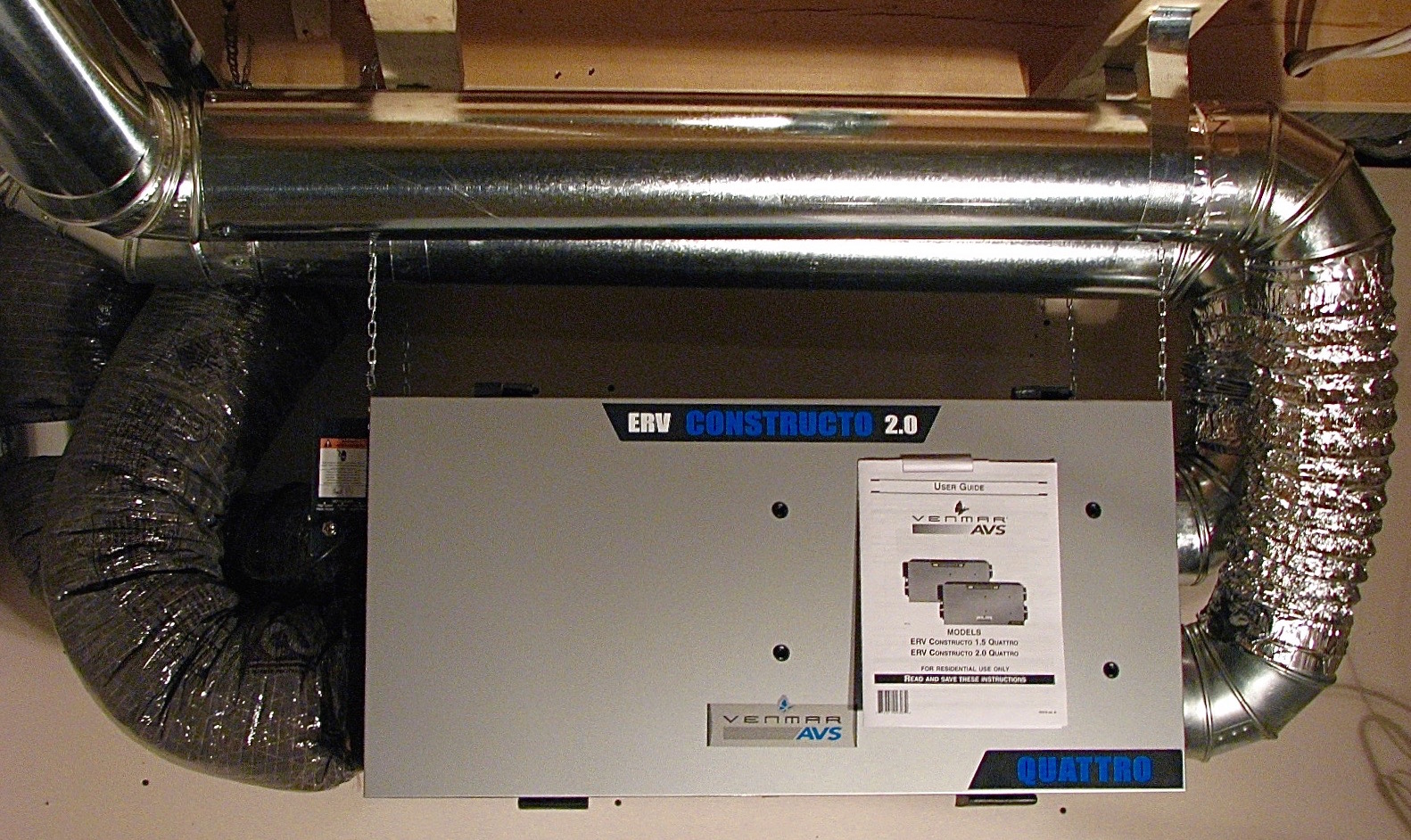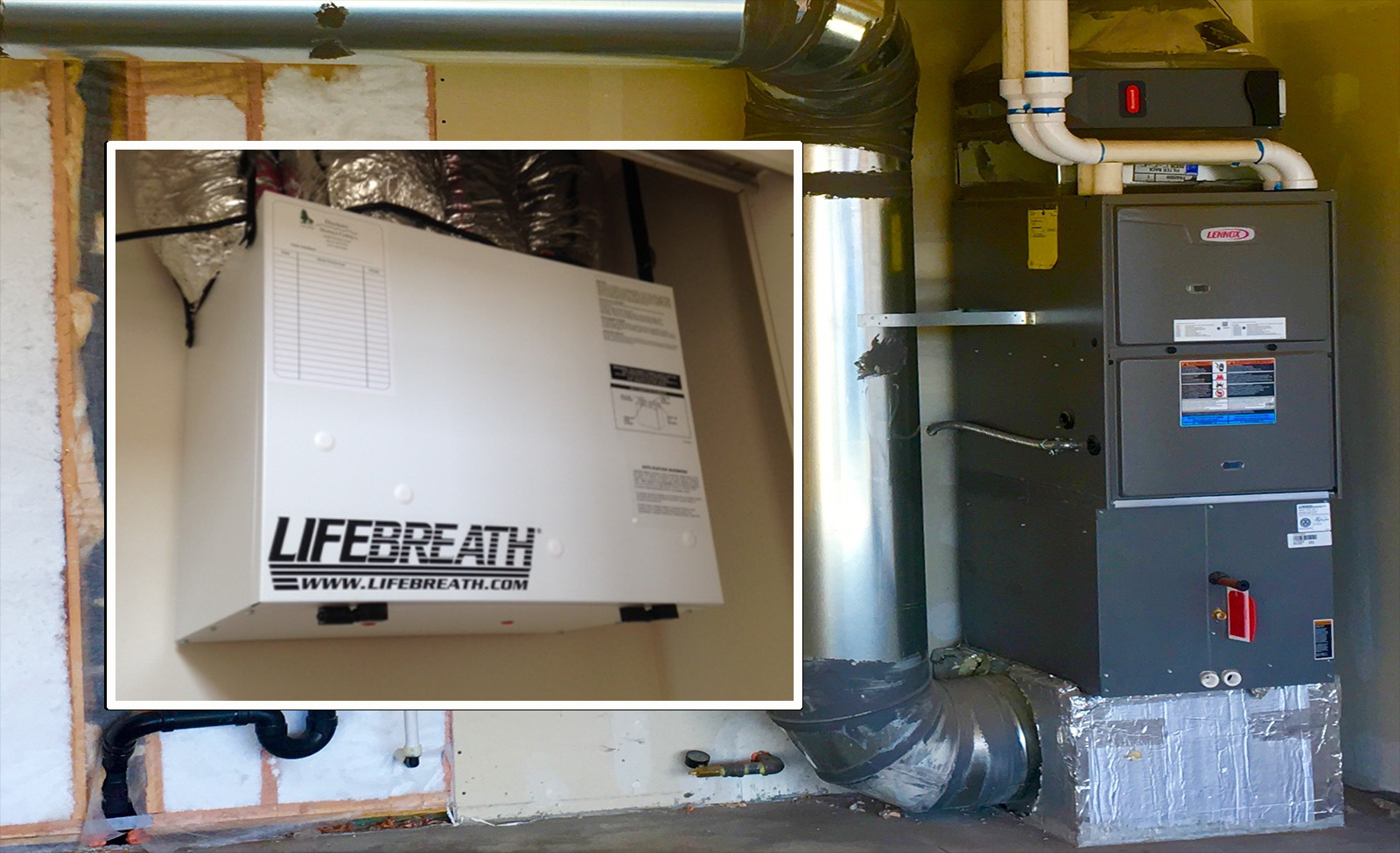Cost Savings of HRV for Homeowners
Wiki Article
How Heat Recovery Ventilation Enhances Indoor Air Top Quality and Reduces Energy Expenses
Heat Recovery Ventilation (HRV) systems play an essential role in enhancing indoor air high quality while simultaneously decreasing energy costs. By efficiently exchanging stagnant indoor air with fresh outside air, HRVs assist preserve excellent moisture and minimize toxins. In addition, their ability to recover heat from outbound air lessens the strain on home heating and cooling down systems. As power costs proceed to climb, comprehending the complete possibility of HRV systems comes to be progressively vital for house owners and companies alike.Comprehending Heat Recovery Ventilation Solutions

Heat recovery ventilation (HRV) systems play a vital role in improving indoor air top quality, especially in modern, energy-efficient buildings. These systems are designed to move warmth from the outward bound stagnant air to the incoming fresh air, thus reducing energy loss while keeping optimal temperature level levels inside. HRVs contain a warmth exchanger, fans, and ductwork, assisting in the continuous flow of air. By getting rid of interior contaminants and presenting fresh air, HRVs help to stabilize moisture levels, avoid mold development, and reduce irritants. The effectiveness of HRV systems exists in their capacity to recuperate approximately 80% of the warmth from the exhausted air, promoting energy conservation while ensuring a healthy interior environment. Their combination is important in achieving sustainable living methods.
The Significance of Indoor Air Quality
Indoor air quality (IAQ) is a critical aspect affecting the health and wellness and wellness of passengers in any atmosphere. Poor IAQ can cause various wellness issues, consisting of breathing issues, allergic reactions, and fatigue. Furthermore, it can intensify existing conditions such as bronchial asthma. Elements adding to low IAQ include toxins from indoor sources like cleansing agents, mold and mildew, and insufficient air flow. Keeping great IAQ is vital for advertising a safe and comfy living or working area. Effective approaches to enhance IAQ involve routine monitoring of air quality, appropriate air flow systems, and lessening making use of unsafe compounds inside. By prioritizing IAQ, people can guarantee a much healthier environment that fosters efficiency and total high quality of life.Energy Effectiveness Perks of HRV Equipments
Many property owners and building managers are progressively identifying the power efficiency advantages of warmth recuperation air flow (HRV) systems. By moving warmth from worn down interior air to inbound fresh air, HRV systems significantly minimize the power needed for cooling and heating. This process lessens dependence on standard cooling and heating systems, leading to reduced power costs. Furthermore, HRVs assist preserve a balanced indoor environment, protecting against excessive heating or cooling needs. The capacity to recuperate as much as 90% of the heat from outward bound air additionally sustains sustainability initiatives by lowering total power usage. As a result, HRV systems over at this website add not just to set you back savings however additionally to a lowered carbon footprint, aligning with the growing focus on energy-efficient structure methods.Installment and Upkeep Considerations
The effective execution of warm recovery air flow (HRV) systems requires mindful factor to consider of installation and maintenance elements to guarantee peak performance. Proper positioning of the HRV device is vital, as it needs to be mounted in an area that maximizes air flow while lessening sound disruption. Furthermore, ductwork must be suitably sized and insulated to avoid energy loss. Regular maintenance, consisting of filter replacement and system cleaning, is crucial to safeguard optimal performance and indoor air high quality. Proprietors should develop a routine maintenance routine to identify and deal with possible concerns prior to they intensify. Collaboration with skilled specialists throughout both setup and upkeep stages can improve the longevity and efficiency of HRV systems, ultimately bring about much better indoor environments and minimized energy prices.
Real-World Applications and Success Stories
Discovering real-world applications of heat healing air flow (HRV) systems discloses their significant influence on interior air high quality and power performance throughout numerous settings. In domestic structures, home owners have actually reported better air top quality, resulting in fewer allergic reactions and respiratory concerns. Schools implementing HRV systems have actually kept in mind enhanced trainee concentration and minimized absence as a result of better air flow. Business buildings, such as workplaces and retail areas, have experienced lower energy expenses and raised employee performance. A company workplace in a temperate environment attained a 30% reduction in energy costs after mounting an HRV system. These success stories demonstrate that HRV innovation not only adds to healthier atmospheres yet also supplies tangible monetary benefits, making it a useful financial investment for numerous industries.Often Asked Questions
Can HRV Solutions Reduce Irritants in Indoor Air?
The effectiveness of HRV systems in lowering indoor irritants mainly depends upon their ability to filter and exchange air. HRV Heat Recovery Ventilation. By constantly replacing stale air, these systems can greatly decrease irritant levels throughout interior settings
How Does Moisture Affect HRV System Performance?
Humidity significantly influences HRV system performance; high degrees can result in these details condensation, minimizing efficiency, while low humidity might boost air exchange. Balancing humidity is crucial for perfect procedure and preserving interior air Visit This Link quality.Are HRV Systems Noisy Throughout Procedure?
HRV systems can generate differing sound levels during procedure, depending upon their design and setup. Some devices run quietly, while others might produce visible audio, specifically at higher air flow settings or when improperly maintained.What Is the Ordinary Life-span of an HRV System?

Can HRV Systems Be Used in All Climates?
HRV systems can be used in different climates, however their efficiency might differ - HRV Heat Recovery Ventilation. In extreme temperature levels, adjustments or extra systems may be required to guarantee suitable efficiency and comfort while keeping interior air top qualityReport this wiki page